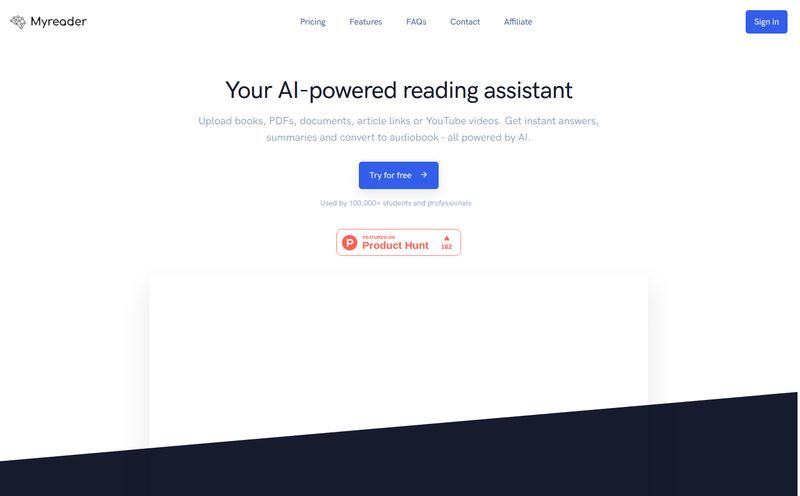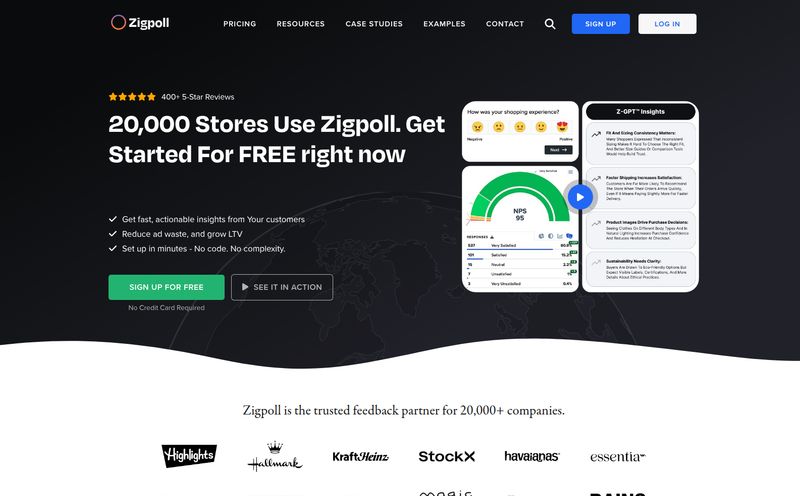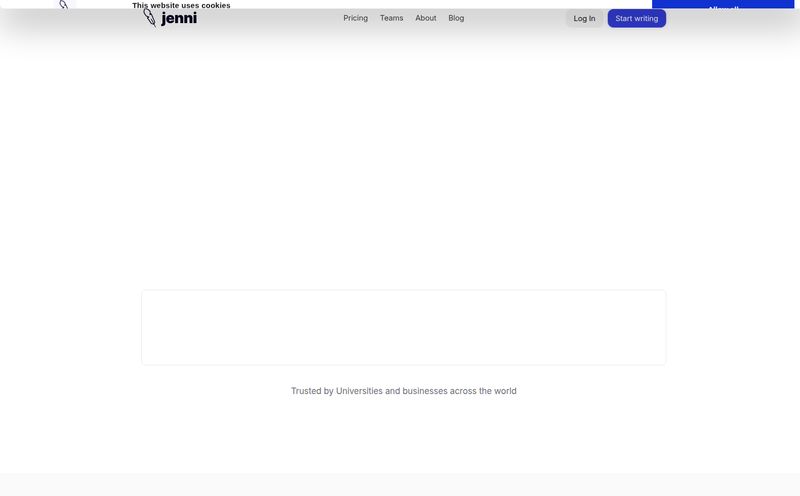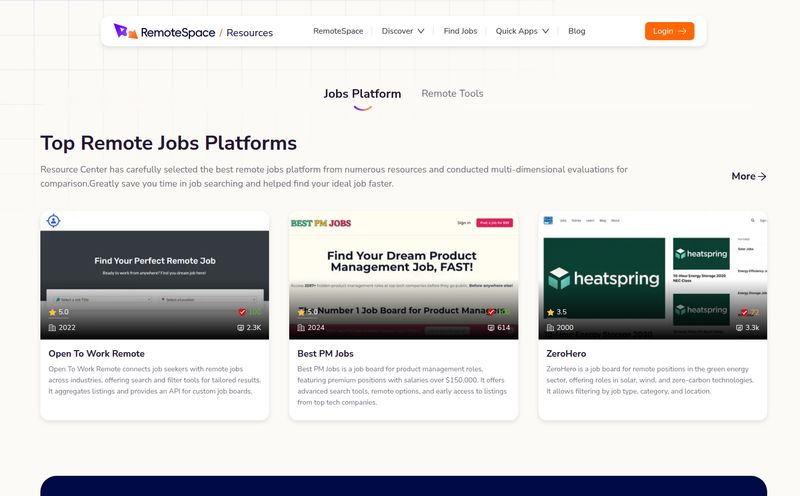I have a ritual. It’s not a healthy one. Around the end of the month, I pour a strong coffee, open my banking app, and squint at my screen, trying to figure out where all my money went. It’s a recurring mystery. I know the culprits, of course. They have names like Amazon, Uber Eats, and Instacart. A little purchase here, a quick ride there… it all adds up into a financial black hole. Sound familiar?
It’s the dark side of convenience culture. Our spending is no longer a handful of big, obvious transactions. It's a death by a thousand tiny, app-based cuts. That's why, when I first heard about a tool called Heimdall GPT, my ears perked up. An AI chatbot designed specifically to watch over these modern money pits? Sign me up.
So What Exactly is Heimdall GPT?
Let's talk about the concept, because it's a good one. The name itself is clever. In Norse mythology, Heimdall was the watchman of the gods, the guy who could see for a hundred miles and hear grass growing on the earth. This tool, Heimdall GPT, aims to be that all-seeing eye for your spending on the platforms that gobble up our disposable income.
The core idea is to be a single, centralized place to track, analyze, and visualize your spending habits across Amazon, Uber, Instacart, Booking.com, and Uber Eats. You connect your accounts, and the AI-powered chatbot lets you explore your own data just by having a conversation. It’s a pretty compelling pitch for anyone who's ever gotten a credit card bill and thought, "Wait, I spent HOW MUCH on takeout?"

Visit Heimdall GPT
The All-Seeing Eye: How It's Supposed to Work
The magic, supposedly, is in the interface. Instead of exporting CSV files and building pivot tables like some kind of data-masochist (we've all been there), you'd just chat with Heimdall. Imagine asking things like:
"Hey, show me my total Amazon spending for the last three months, but exclude groceries."
"Create a chart of my Uber vs. Uber Eats costs."
"How many Instacart orders did I place in January?"
It's one thing to see a raw list of transactions; it's another entirely to see a pie chart that practically screams, “You spent 30% of your fun-money on tacos.” That’s the kind of direct, visual feedback that can actually change behavior. For years, folks in the SEO and performance marketing world have relied on dashboards from tools like Google Analytics or Semrush to make sense of complex data. Why shouldn't we have that for our personal finances?
The Promise: What I Genuinely Like About This Idea
I'm a sucker for good data visualization, and the promise of Heimdall GPT is pretty sweet. My spending is scattered across a half-dozen apps. My Amazon history is a beast of its own, separate from my travel on Booking.com or my rides on Uber. Trying to stitch that all together manually is a nightmare. Bringing it all under one roof is the holy grail for modern budgeting.
And the AI part isn't just a gimmick. A good AI can spot patterns you'd miss. It could, in theory, notice that your ride-sharing costs spike on the third Friday of every month, or that your average Instacart order size is creeping up. It’s like having a tiny, number-crunching accountant in your pocket who never sleeps. That’s a powerful concept.
The Hiccup: Potential Red Flags and a Curious 404
Okay, let's get real. As exciting as the idea is, it's not without its potential issues. And in this case, there's one… very big, very real issue.
The Walled Garden Approach
First, the platform support is limited. Amazon, Uber, Instacart, Booking, and Uber Eats are a fantastic start, but they're just a slice of the digital pie. What about Lyft, DoorDash, Airbnb, or even Spotify and Netflix? For this to be a true financial command center, it would need to integrate with a much wider array of services. It's a classic startup challenge: start small and focused, or go broad and risk being a master of none?
The Trust Factor
Then there's the privacy concern. Honestly, this is the one that gives me pause every time. To work, Heimdall GPT needs access to your accounts. You're handing over the keys to some incredibly sensitive and personal data. You have to place a ton of trust in their security and their data-handling policies. With data breaches being a near-daily headline, that's a big ask.
The Elephant in the Room... The Missing Page
So, full disclosure. As I was getting ready to write this, excited to test it out, I navigated to the Heimdall GPT site. And I was greeted by a big ol' '404 - This page could not be found.'
Whoops.
This throws a wrench in the works, doesn't it? It's the digital equivalent of showing up to a restaurant you saw on Instagram only to find a for-lease sign in the window. What does it mean? Is it a temporary server blip? Are they in the middle of a big rebrand or update? Or, and this is the cynical veteran in me talking, has teh project been quietly abandoned? It’s impossible to say for sure, but it turns this from a review into more of a digital investigation.
The Price of Insight
Naturally, there's no pricing page on a 404'd site. But if it were live, what would be a fair price? I could see a freemium model working well: connect one account for free, and pay a small monthly fee—maybe $5 to $7—to connect them all and unlock advanced analytics. It's a model that has worked for other personal finance tools, and it feels right. You'd have to be pretty confident the insights you're getting are saving you more than the cost of the subscription, though.
Frequently Asked Questions about AI Spending Trackers
Is it safe to connect my accounts to an AI spending tracker?
That's the big question. Reputable tools use bank-level encryption (like AES-256) and read-only access so they can't move your money. However, you should always research the company, read their privacy policy, and understand what data you're sharing. If a service feels sketchy, it probably is.
What makes an AI tracker better than just using a spreadsheet?
Automation and insight. A spreadsheet is manual; you have to input every transaction. An AI tool automates this by pulling data directly from the source. More importantly, the AI can analyze the data for trends, anomalies, and patterns that a simple spreadsheet can't easily surface.
Will these tools actually save me money?
A tool is just a tool. It won't magically put money in your pocket. But by giving you a clear, honest picture of your spending habits, it gives you the information you need to make better decisions. Seeing that you spent $200 on coffee in a month is often the shock needed to start making it at home more often.
What happens if a tool like Heimdall GPT disappears?
This is a real risk with any new service. Best case, they give you notice and a way to export your data. Worst case, they just vanish. This is why it's important not to rely 100% on a single, new tool for critical historical data. It's also a good reminder to periodically revoke access to third-party apps you no longer use from your main accounts.
Are there good alternatives to Heimdall GPT?
Yes, though they might not have the exact same chatbot interface. Tools like Mint, YNAB (You Need A Budget), and Copilot Money are popular for general personal finance aggregation and budgeting. They connect to bank accounts and credit cards to give you a holistic view of your finances.
My Final Thoughts
Heimdall GPT feels like a great idea that's either taking a nap or has become a ghost in the machine. I'm genuinely rooting for it, or for a tool like it, to succeed. The problem it's trying to solve—our fragmented, chaotic digital spending—is only getting bigger.
For now, it's a tantalizing concept and a bit of a mystery. Whether it’s Heimdall GPT that eventually comes back online or a different platfrom that cracks the code, one thing is clear: it's time we got a better grip on our app-based spending. We need a watchman on the wall.
Reference and Sources
- For more on the trend of AI in personal finance: TechCrunch - The future of fintech is more AI and personalization
- General personal finance alternative: Intuit Mint
- Budgeting-focused alternative: YNAB (You Need A Budget)



